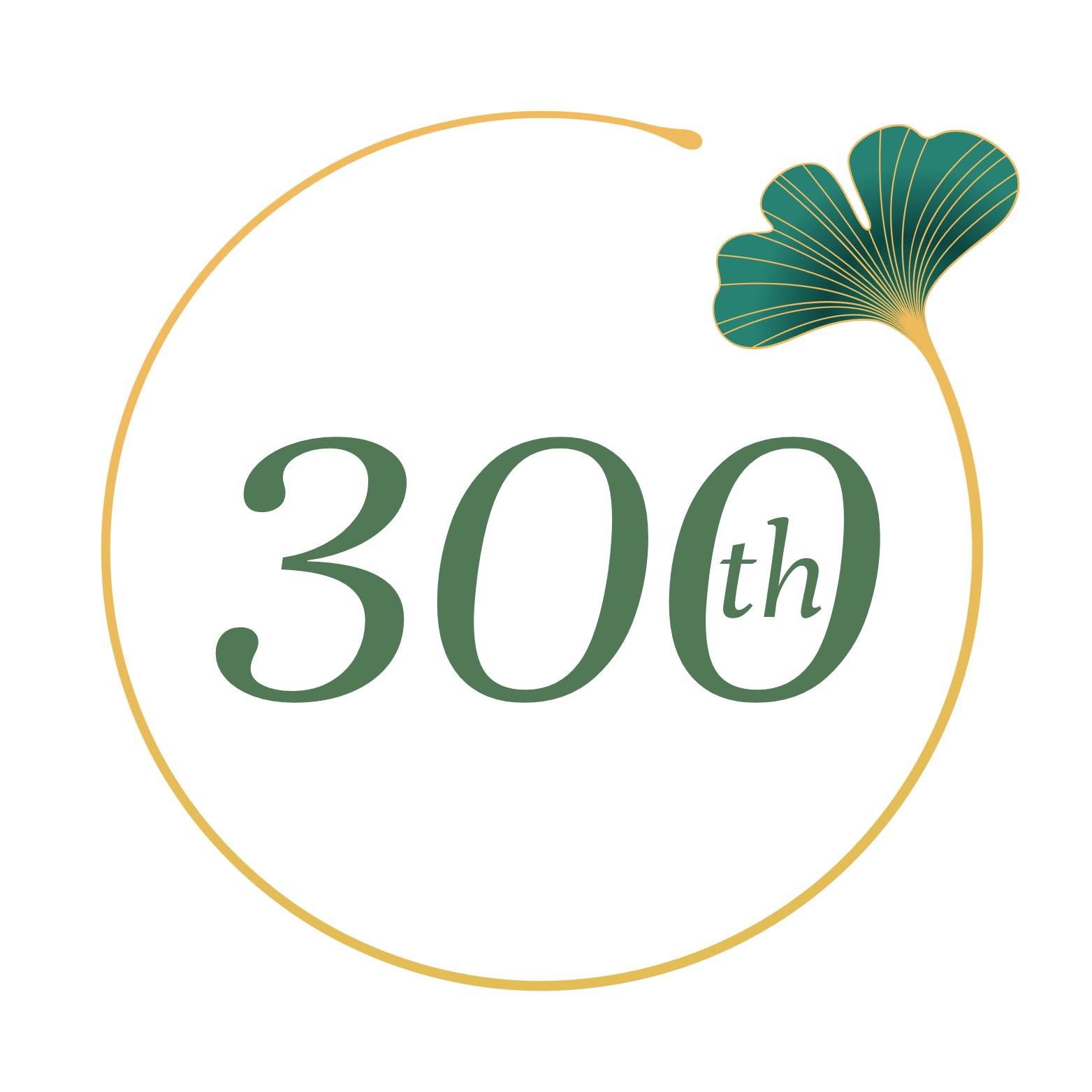As part of our celebrations to mark 300 years since the appointment of the first Professor of Botany, some of our current academics have written short research stories to help give you an insight into current areas of interest and future research challenges.
If you are interested in finding out more, including how you might be able to support our academics in their future research endeavours, please get in touch with them directly.
Understanding how petal surfaces impact pollinator behaviour and pollination
Beverley Glover, Head of Evolution and Development Group
In the Evolution and Development research group we have always been intrigued by how the petal surface influences pollinator behaviour. We tend to think of petals as inert structures, colourful advertising billboards that insects simply look at. But they are usually the first point of contact between plant and pollinator, and their surfaces can be very important. We want to understand how cell shape and texture influence the way pollinators interact with the flower.
Problem we’re looking to solve
The petal surface is usually composed of cone-shaped cells, and we’ve been working to understand how these influence pollinator grip on the petal and therefore how they affect foraging decisions and foraging efficiency. We also want to understand how these cells are built and how their position on the petal is determined – in some flowers they are across the surface of the whole petal and in others they are found on specific parts of the petal, which might also be important in pollinator interaction with the flower. At the same time we discovered that the nanoscale ridges that appear on top of some petal epidermal cells can interfere with light, generating an iridescent rainbow effect – so again we are studying how these structures influence pollinator behaviour and how they are produced on the petal surface.
Solution
We have made good progress identifying the genetic pathways that regulate overall cell shape on the petal, and have discovered that conical-shaped cells are really important in providing grip when flowers are held at difficult angles – like a vertical snapdragon flower – or are moving in the wind. We have shown that bees actually trade-off the difficulty of gripping a flower without conical petal cells against the sweetness of the nectar, making complex decisions to maximise the amount of energy they bring back to the colony. We’ve also found that iridescent surfaces are easier for bees to see and help them to remember rewarding flowers. We’re currently working with a mechanical model that predicts that the iridescent ridges form when the petal surface buckles as a result of forces applied during growth of the tissue, which is very exciting because it implies that any flower could potentially develop similar ridges and helps explain the convergent evolution of iridescence across the flowering plants.
Why Cambridge, why now, and history of working in this area
It’s wonderful to work in an environment where this kind of blue skies research – which might one day lead to applications in various fields but isn’t actually aiming at any specific problem now – is encouraged and supported. And of course the work is hugely interdisciplinary – we collaborate with mathematicians, physicists, chemists and psychologists, and the Cambridge environment makes that so much easier than in many other places. Just for the iridescence project, we work with mathematicians on the modelling of development, physicists on the analysis of the optical properties of the flower and chemists on understanding the surface chemistry of the petal.
What is the research – what is it, how does it work, what resources are used and who is involved?
We use a combination of molecular genetic approaches – gene discovery, plant transformation, expression analyses and so on – with bumble behaviour studies in flight arenas in the lab. It’s a great challenge for new lab members to learn these very different approaches, but it’s really important that we take this integrated approach to the work and see the whole picture so that we can understand how selective pressure (to attract pollinators) and developmental genetics combine to produce evolutionary change.
Any outputs, outcomes or impact that is measurable. Has this or can it translate to clinical, society or industry uses?
A better understanding of plant-pollinator interactions is going to be increasingly important in the next few decades, as pollinator populations decline and the world turns to a greater diversity of food crops, many requiring insect pollination. We’re also delighted that some of our work on petal surface buckling has potential uses for the manufacture of artificial materials with tuneable colour properties – there is a lot of interest in developing iridescent materials for bank cards, clothes and engineering applications, and our flowers are helping engineers to understand how varying the disorder in the iridescent structure allows you to tune the range of colours produced.
Caption: Figure showing both conical petal epidermal cells and iridescence-producing nanoscale ridges on the flower of Hibiscus trionum. (a) Flower of Hibiscus trionum with iridescent blue visible at the proximal part of the two lower petals. (b) Close up of (a), with blue iridescence arrowed. (c) Conical petal epidermal cells on the white part of the H. trionum petal. (d) Nanoscale ridges on the purple part of the H. trionum petal act as a diffraction grating to produce iridescence. (e) Cross section through the ridges. (f), (g) and (h) show two petals of H. trionum from different angles, demonstrating how the colour changes with the angle of the observer.



